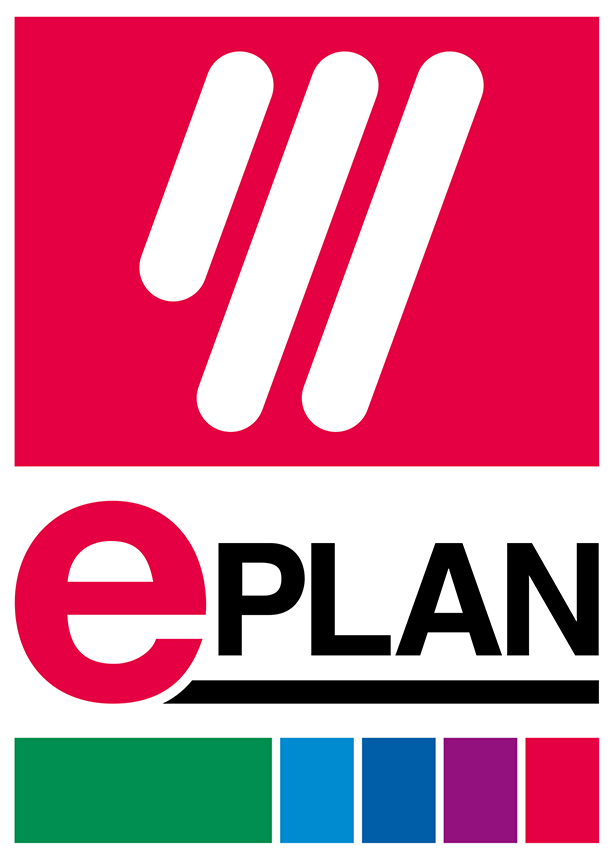Developing and using technology for the Industrial Internet of Things (IIoT) is filled with complexities. The Smart Factory Task Group (SFTG) within the Industrial Internet Consortium (IIC) is helping end users and machine builders to navigate those complexities and become participants in the Industrial Internet revolution.
Much of what you hear about the Internet of Things (IoT), such as Fitbit, Nest or a connected scale or refrigerator, is from the consumer side," says Calvin Smith, business lead of IoT strategy at Dell EMC. "However, one thing analysts in the IoT space seem to agree upon is that roughly 70% of the revenue in the IoT today, and likely in the future, is on the enterprise side. The largest vertical in that is manufacturing."
Smith is aware of the potential impact the IIoT can have in a number of markets and verticals. "There is significant revenue potential, and there is a lot of cool stuff that has already been done in the smart factory space."
The numbers vary, but, depending on who you talk to, there are somewhere between 30 and 50 standard bodies and consortia that focus on IoT right now, says Smith. "For some organizations, it is difficult to make a decision on which to join or where to be most prevalent," he says. "The Industrial Internet Consortium is a global public-private organization of more than 270 members, formed to accelerate the development, adoption and widespread use of interconnected machines and devices, intelligent analytics and people at work. Although they are not standards-focused, which is an important piece of the IoT in general, they are more about getting people together, forming consortia and making some collective decisions and putting together reference architectures and testbeds."
Essentially, the IIC wants to test out and prove things in the IoT and make them real today as opposed to getting together and talking about things that might become real over an extended period of time, continues Smith. "The IIC is much more about execution and cross-knitted solutions by different member organizations," he says. "This includes large enterprises, subject matter expert medium-size businesses, small businesses and startups, as well,” he says. Continue reading






